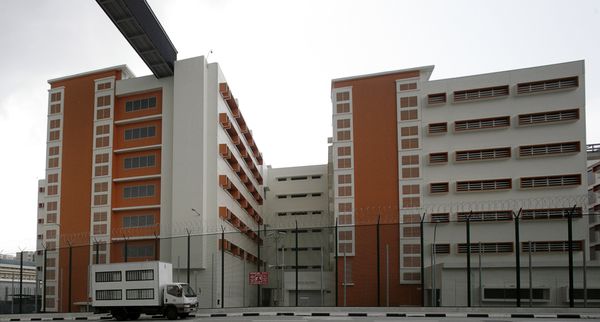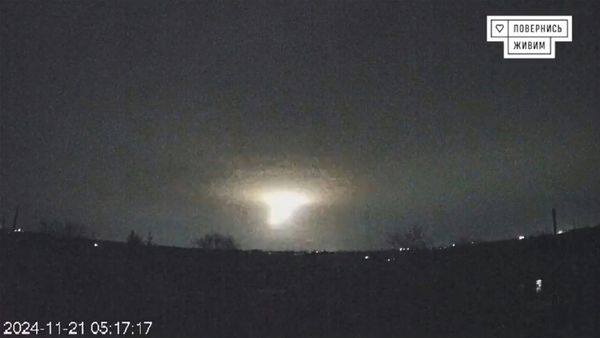Cornwall is the UK’s earthquake hotspot.
Carharrack, near Redruth, experienced 70 earthquakes last year according to data from the British Geological Society (BGS).
That is more than anywhere else in the UK and comes on top of 163 more in 2020.
The most recent earthquake to hit the UK was a 2.8 magnitude earthquake that struck the West Midlands late on Monday night.
According to the BGS, the quake hit the town of Walsall, near Birmingham, at a depth of seven kilometres (4.35 miles) at 10.59pm.
Earthquakes are pretty rare in Walsall - BGS has recorded nine since 1937, with this week's the biggest since a 4.0 magnitude one in July 1937.
Carharrack's spate of recent earthquakes may have been much more numerous but the majority were so small they couldn't be felt by people.
Last year, the biggest were two 1.1 magnitude earthquakes and one 1.2 magnitude, each with an intensity of three - which is a weak intensity felt by a few people.
Monday's earthquake in Walsall had an intensity of four, meaning many people would have been able to feel it indoors, as it caused windows, doors and dishes rattle and hanging objects to swing.
The high number of earthquakes in the area may be due to geothermal energy work in the area.
Following a 1.7 magnitude quake in December 2020, an investigation was launched at United Downs Geothermal, a local geothermal energy power plant, where drills are sent deep into the ground to extract heat for use in homes and businesses.
United Downs Geothermal had previously confirmed some earth tremors in the area were linked to its operations.
Carharrack overtook Blackpool to become the place with the most earthquakes, with human activity a factor in the 135 earthquakes that affected the town in 2019.
Most of the earthquakes reported in the Blackpool area were during hydraulic fracturing operations, a process that releases gas from shale rock, at Preston New Road.
They included a 2.9-magnitude tremor in August 2019.
The BGS lists this as having an intensity of six - meaning it would be felt by most people indoors and many outdoors, and could cause minor damage, like small cracks, falling plaster and falling objects.
The Oil and Gas Authority halted fracking indefinitely at the Preston New Road site following the August earthquake.
The Government then stopped fracking across England in November 2019, saying it would only allow its resumption if science supported it and communities wanted it.
BGS said hydraulic fracturing, or fracking, is generally accompanied by “microseismicity” - very small earthquakes too small to be felt.
High numbers of earthquakes recorded in an area may also due to higher numbers of monitoring stations being placed by BGS in the area.
The BGS permanent network of sensors across the UK is usually able to detect most earthquakes with a magnitude of 2.0 or above anywhere in the UK, although this may vary from place to place and at different times.
Across the UK, 27 earthquakes have been recorded so far this year.
In 2021, there were 320, down from 430 in 2020 - that was higher than in any year since 1990, when there were a total of 503.
The biggest earthquake in the UK last year, on August 20, had a magnitude of 3.8.
However, this was in the southern North Sea.







